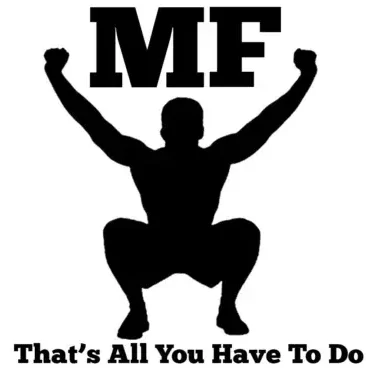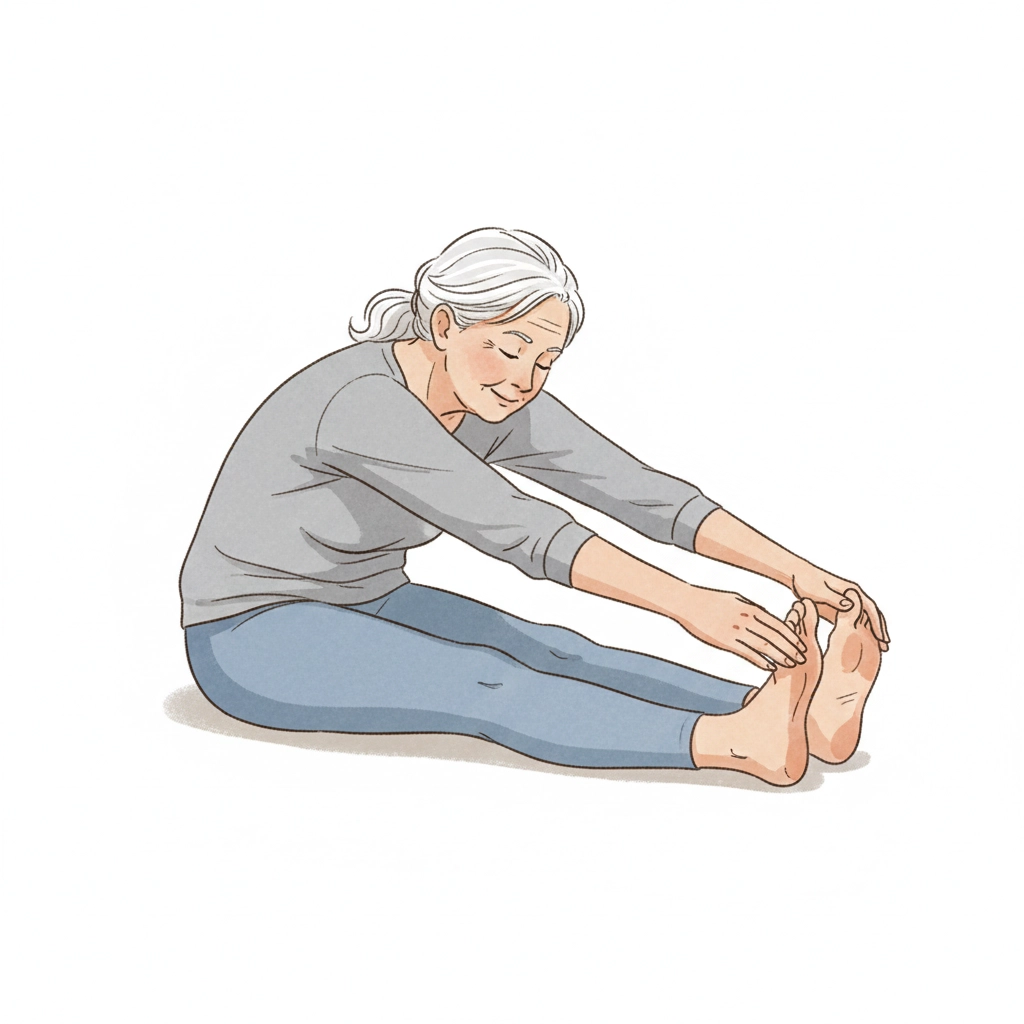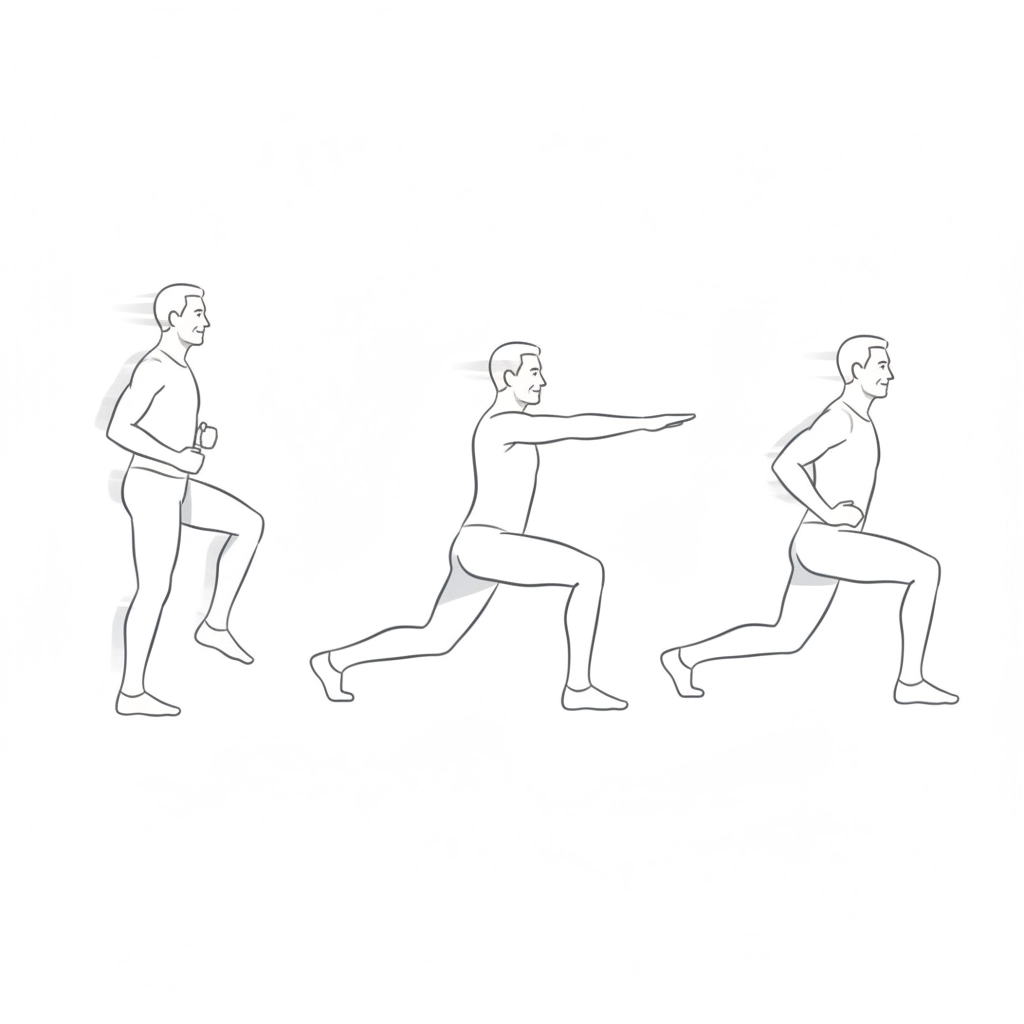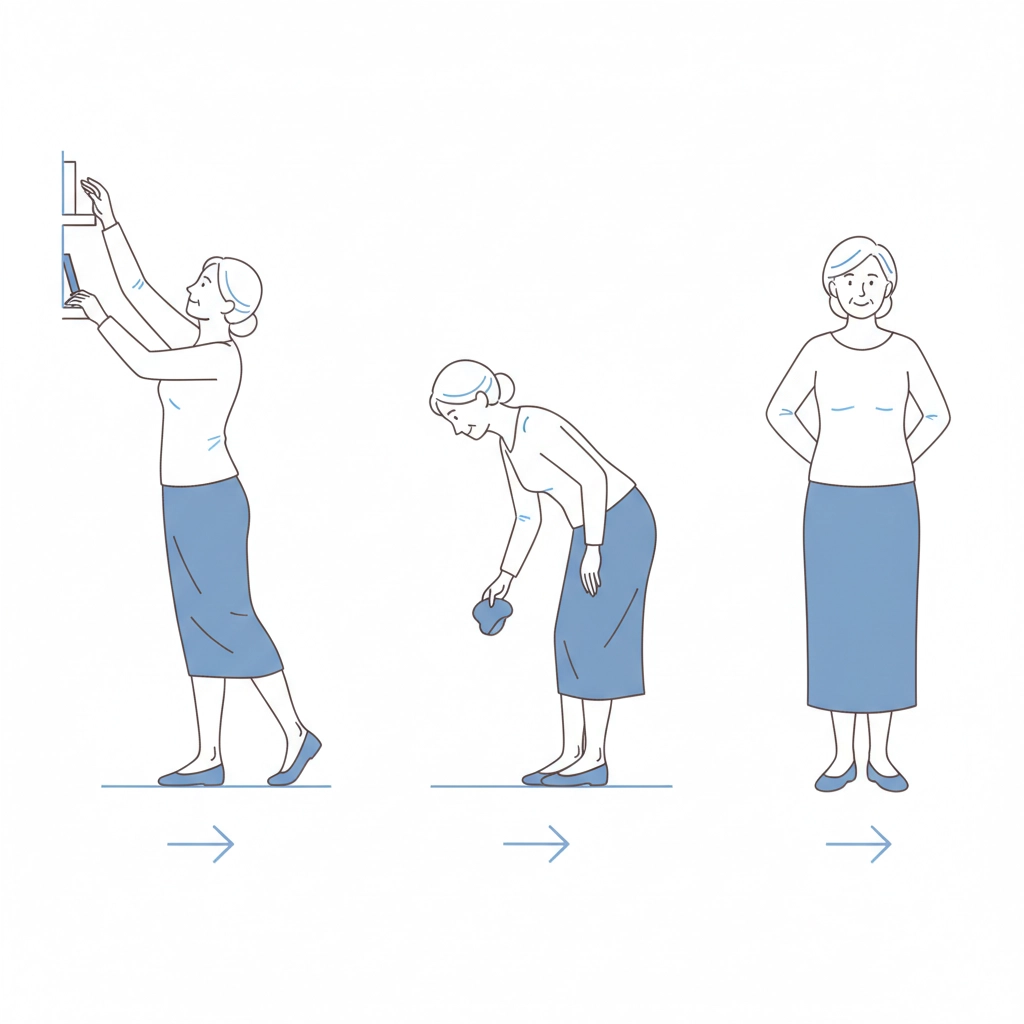If you're like most people over 50, you've probably heard about stretching your whole life. Maybe you remember PE class where you'd hold your toe touches for what felt like forever. But these days, there's another word floating around fitness circles: mobility. And you might be wondering, "Aren't they the same thing?"
The short answer is no – and understanding the difference could be the key to moving better, feeling stronger, and enjoying your daily activities without discomfort.
What Exactly Is Stretching?
Think of stretching as your body's way of saying, "Let me reach a little further." When you stretch, you're focusing on making your muscles longer and more flexible. It's like gently pulling on a rubber band to see how far it can extend.
Here's what happens when you stretch:
- You target specific muscles to increase their length
- You hold positions for 15-60 seconds (like that classic hamstring stretch)
- Your body learns to tolerate being in these extended positions
- You gain what we call "passive" flexibility – meaning you can reach these positions, but you might not have the strength to control them
For example, if you can touch your toes while sitting down, that's flexibility from stretching. Your hamstrings have learned to lengthen, allowing you to reach forward.
Common stretching exercises you might know:
- Holding a calf stretch against a wall
- Reaching overhead and holding for your shoulders
- Sitting and reaching for your toes
- The classic "runner's lunge" hip flexor stretch
Stretching feels good, and it can provide temporary relief from muscle tightness. But here's the thing – those benefits usually don't last very long. You might feel loose right after stretching, but by the next day, that tightness often returns.
So What's Mobility All About?
Mobility is stretching's more practical, functional cousin. While stretching asks, "How far can I reach?" mobility asks, "How well can I move and control my body through these movements?"
Think about getting up from a chair, reaching for something on a high shelf, or bending down to pick up your grandchild. These aren't just about being flexible – they require your joints and muscles to work together with strength and control.
Mobility combines three important elements:
- Flexibility (like stretching provides)
- Strength (the power to move and control your body)
- Coordination (your nervous system controlling it all smoothly)
Here's a perfect example: You might be able to get into a deep squat position (that's flexibility), but can you get back up easily? Can you grab something while you're down there and stand up safely? That's mobility.
Mobility exercises look different from stretches:
- Arm circles and shoulder rolls
- Walking lunges (moving in and out of the stretch)
- Hip circles and leg swings
- Cat-cow movements on hands and knees
- Gentle spinal twists while moving
The Key Differences That Matter to You
Let's break this down in simple terms that relate to your daily life:
Target Focus:
- Stretching targets your muscles, trying to make them longer
- Mobility targets your joints and how they move together
Your Daily Goals:
- Stretching helps you reach further (like getting that item on the high shelf)
- Mobility helps you move better overall (climbing stairs, getting in and out of cars, playing with grandchildren)
How You Do Them:
- Stretching: Hold still positions for extended time
- Mobility: Keep moving through ranges of motion
Results You'll Notice:
- Stretching gives you temporary muscle relief
- Mobility gives you better movement patterns that stick around
Why Mobility Matters More as We Age
As we get older, our bodies face unique challenges that mobility work addresses better than stretching alone. You've probably noticed that your joints feel stiffer in the morning, or that certain movements that used to be automatic now require more thought and effort.
Here's what's really happening:
Your joints naturally lose some of their range of motion over time. But more importantly, the coordination between your muscles, joints, and nervous system can become less efficient. This isn't just about tight muscles – it's about your whole movement system working together.
Mobility work helps restore this coordination while also addressing flexibility. When you do mobility exercises, you're teaching your body to move well through its available range of motion, not just to reach further.
Real-life benefits you'll experience:
- Getting out of bed feels easier and less stiff
- You can reach for items without losing your balance
- Stairs become less challenging
- Your back feels better during daily activities
- You move with more confidence and less fear of injury
Simple Ways to Add More Mobility to Your Day
The beautiful thing about mobility work is that it doesn't require special equipment or a lot of time. You can weave these movements into your daily routine:
Morning Mobility (5 minutes):
- Gentle neck rolls while having coffee
- Shoulder circles while waiting for breakfast to cook
- Ankle circles while sitting on the edge of your bed
- Gentle spinal twists in your chair
Throughout Your Day:
- Take walking breaks and swing your arms naturally
- Do calf raises while brushing your teeth
- Practice hip circles while standing in the kitchen
- Gentle side bends while watching TV
Evening Wind-Down:
- Slow, controlled arm reaches in all directions
- Gentle hip circles while standing
- Easy spinal movements like cat-cow on your hands and knees
- Ankle pumps while lying in bed
When to Choose Stretching vs. Mobility
Both have their place in your wellness routine, and you don't have to choose just one:
Choose stretching when:
- You feel tight in a specific muscle
- You want to relax after a long day
- You're looking for stress relief and mindfulness
- You have a specific flexibility goal
Choose mobility when:
- You want to move better in daily activities
- Your joints feel stiff or restricted
- You're looking for long-term movement improvements
- You want to prevent falls and maintain independence
The ideal approach? Combine them! Start with gentle mobility movements to warm up your joints, then add some targeted stretching for areas that feel particularly tight.
Your Next Steps Toward Better Movement
Understanding the difference between stretching and mobility is just the beginning. The real magic happens when you start incorporating both into your routine in ways that support your specific needs and goals.
Every person's body is unique, especially as we age. What works for your neighbor might not be the best approach for you. That's why personalized guidance can make such a huge difference in how you feel and move every day.
At Mobility Fitness LLC, we specialize in helping people just like you discover what your body needs to move better, feel stronger, and enjoy life without the limitations that stiffness and poor mobility can create. Our approach combines the best of both stretching and mobility work, tailored specifically to your goals and current abilities.
Ready to experience the difference that proper mobility work can make in your daily life? Contact us today to learn how our personalized approach can help you move with confidence and feel your best every day.
Your body has incredible potential at every age – let's help you unlock it.



